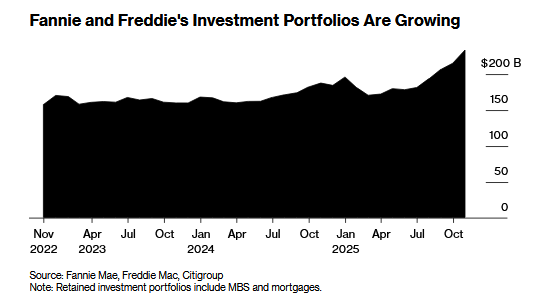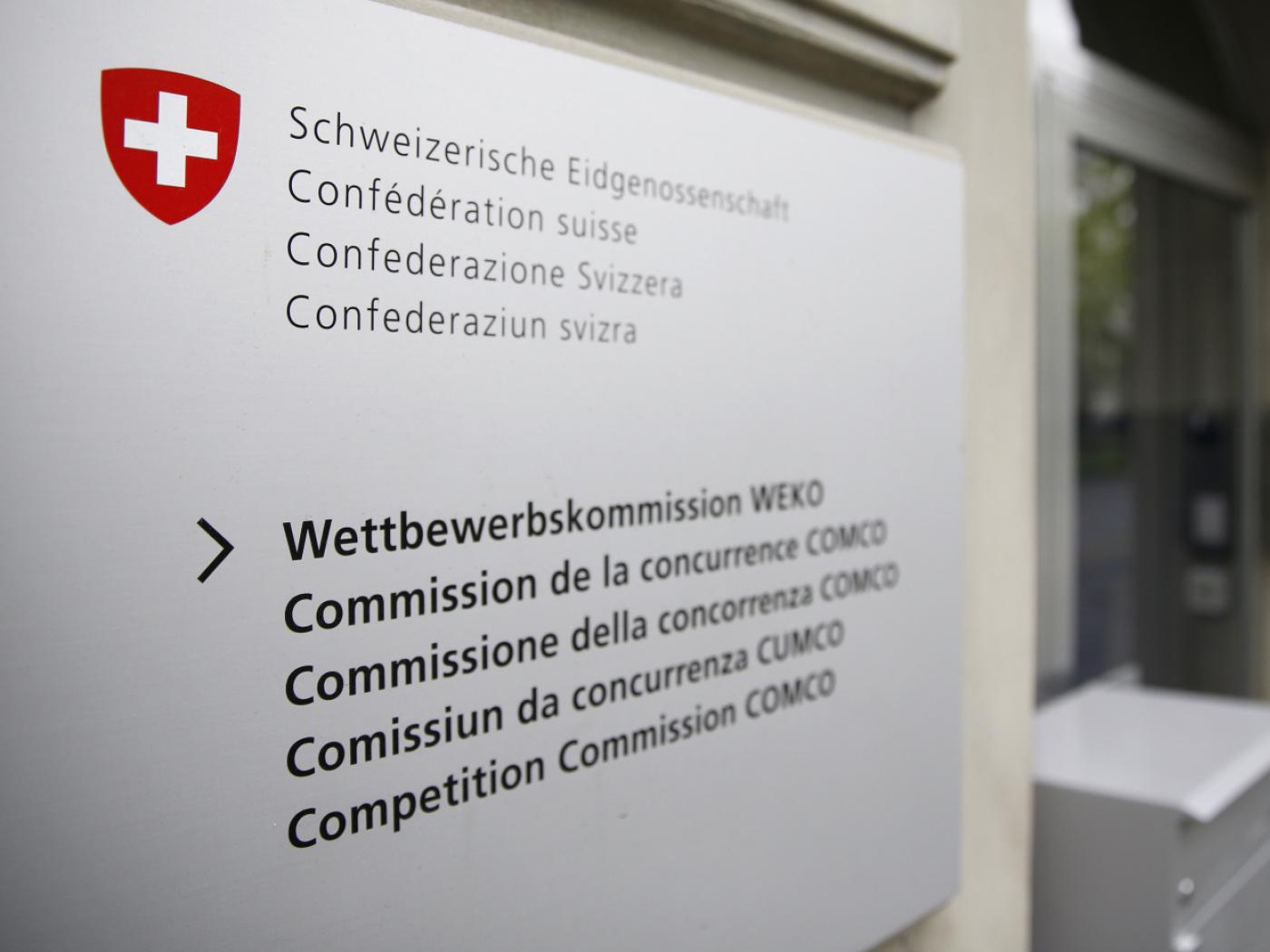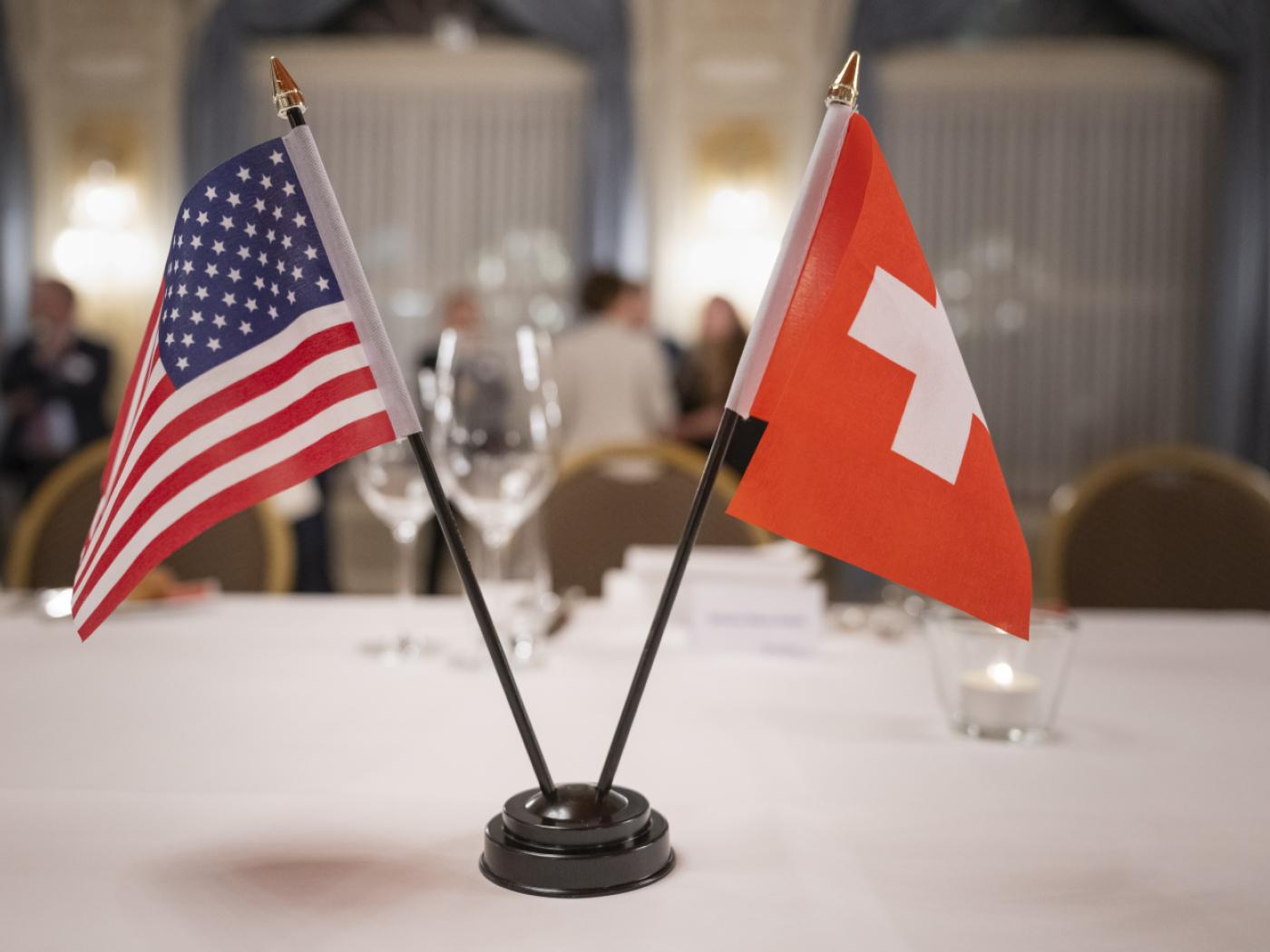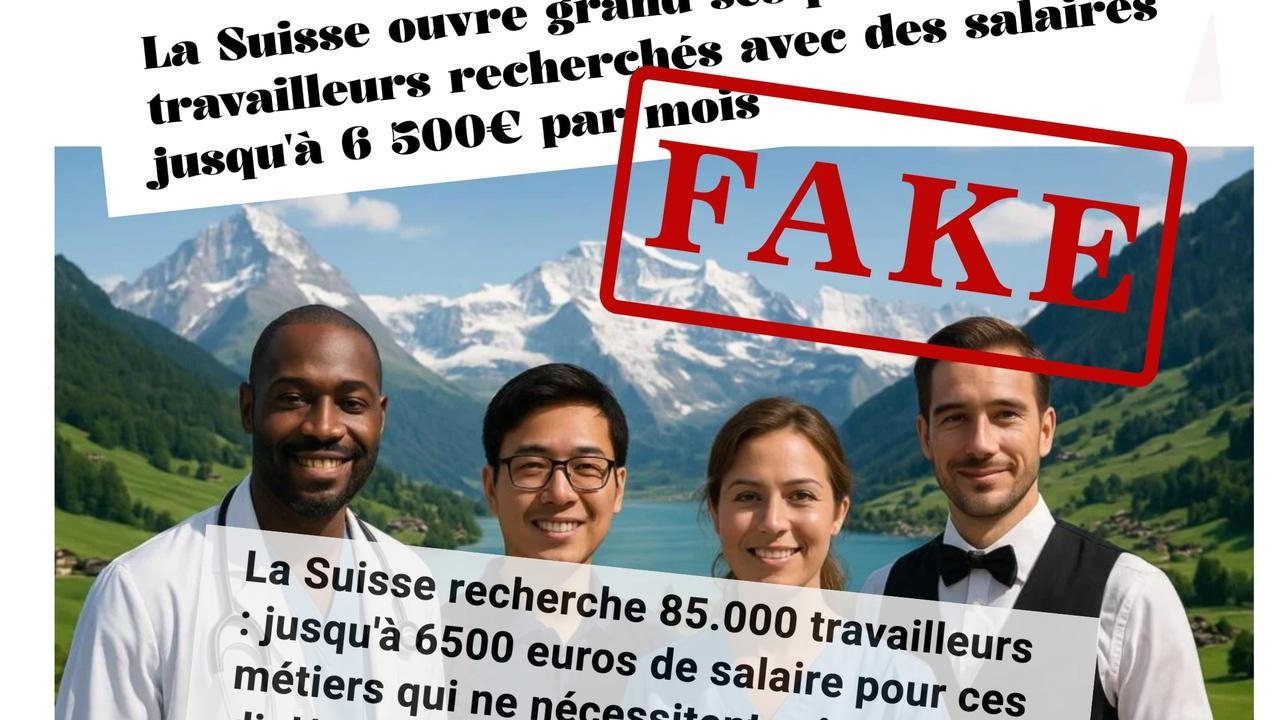
David Solo’s role in supply-chain firm Greensill’s pursuit of Swiss riches was pivotal Keystone / Steffen Schmidt
In late 2014, David Solo lent A$12.2 million (CHF8.5 million) to a little-known supply-chain finance group with eye-catching claims.
Greensill Capital, which was trying to muscle in on a corner of finance dominated for decades by banks, vowed to make “finance fairer” and declared that it would be “democratising capital”.
The cheque was helpful, but the real gold for founder Lex Greensill was Solo himself. Having recently left as chief executive of Swiss asset manager GAM, Solo became a director and adviser to the start-up.
Over the next few years, the American would prove a vital link between the smooth-talking salesman Greensill and a Swiss asset management industry that had promised clients the investments to help them escape the punishing era of negative interest rates.
First GAM and then, on a much larger scale, Credit Suisse ploughed clients’ money into bonds backed by invoices tied to Greensill’s supply-chain finance business.
As well as rescuing Greensill from near failure in 2016, this new financial firepower fuelled an aggressive expansion that helped the group attract investment from US private equity firm General Atlantic in 2018 and SoftBank a year later.
“Without David’s introductions, Lex’s business would have died,” said a person who has worked with both men. “Intellectually, David is 9.5/10 . . . Lex has the silky tongue.”
Greensill’s collapse into administration in March unleashed the UK’s biggest lobbying scandal in a decade and has left one of the group’s largest former clients, metals magnate Sanjeev Gupta, battling to save his empire.
The explosive repercussions also raise questions over how some of Switzerland’s biggest investment firms were drawn into funding Greensill’s business, despite repeated red flags.
Preventing a repeat of the Greensill scandal is a priority for Credit Suisse’s incoming chair António Horta-Osório, who is considering the future of the CHF440 billion ($490 billion) asset management division that opened its doors to the supply-chain finance firm.
GAM busters: Derivatives whizz-kid
As an adviser to the start-up, Solo introduced Greensill to GAM, a mid-market investment manager that was a long way from his American roots.
After cutting his teeth as a derivatives whizz-kid at O’Connor & Associates, a Chicago-based options trading firm, Solo quickly rose through the ranks of Swiss Bank Corp when it bought the business in 1992.
He soon caught the eye of Marcel Ospel, the Swiss banker who orchestrated the 1998 merger between SBC and Union Bank of Switzerland that created UBS. When the bank lost CHF1 billion from its investment in hedge fund Long-Term Capital Management in 1998, Ospel turned to his 33-year-old protégé to tidy up the mess. Solo was named chief risk officer and regarded as potential future chief executive.
But rather than climb the rungs at one of the world’s biggest banks, Solo switched gears in 2004 to run GAM, which has offices in Zurich and London.
“One on one, he was brilliant, but he was not comfortable with groups of people,” said a fund manager who worked for Solo at GAM. “He would want to talk about the minutiae of trades he knew were in your portfolio. He was all over it – very knowledgeable and astute, but certainly not a people person.”
However, the scrutiny of running a public company began to grate for Solo, an intensely private man, according to those who have worked with him. After running the business for ten years, he quit in September 2014.
The most significant introduction Solo made for Greensill at GAM was to Tim Haywood, a star manager whose absolute return bond funds had a remit to invest in a wide range of debt instruments and derivatives. In 2015, he began putting money into supply-chain finance notes issued by Greensill.
The new source of funding came at a particularly perilous moment for Greensill, which had racked up heavy losses in 2016, with $54 million of bad loans totalling more than the group’s revenue that year.
The initial investment quickly grew. In 2016, Haywood’s funds lent A$128 million to Greensill through a convoluted scheme, allowing the company to repay the loans to Solo and others who had invested in 2014.
Later that year, GAM launched a supply-chain finance fund dedicated to Greensill that would prove a blueprint for Credit Suisse.
“Greensill was pretty much insolvent at the time of the introduction and desperately needed access to the funding,” recalled the former GAM employee. “They had ideas, but no one who could fund the supply-chain finance business. If it hadn’t been for Tim’s willingness, the business would not have survived.”
But Greensill’s voracious appetite for new funding – increasingly led by Gupta, who had become a client in 2015 – was soon dwarfing GAM’s resources. The dedicated SCF fund never attracted more than €1.5 billion (CHF1.65 billion).
In 2016 Greensill struck an agreement with the Geneva office of Bunge, the US agribusiness, according to three people familiar with the matter. Under the scheme, GAM bought notes from Bunge, which in turn invested the $1.2 billion proceeds in GAM funds, the people said.
On paper, it appeared the fund was doubling in size, but the money was in effect being recycled back into its original source. David Rigby, Bunge’s trade and structured finance director in Geneva who helped agree the deal, last year joined Greensill as global head of commodities finance.
“The only purpose was to swell the assets of the GAM-Greensill fund” before finding an asset manager with more firepower, said a person familiar with the matter. “The failure of GAM to generate enough client interest for SCF funds was always a bit of an embarrassment.”
By 2017, the reliance of Greensill on Gupta’s metals empire was becoming a concern for GAM executives. GAM’s funds had amassed more than $1 billion of exposure to Gupta, who was buying up unloved metal plants around the world.
That year, Solo was entrusted by Greensill with prizing open other doors in the Swiss market, according to several people familiar with the matter.
Steady stream of capital: Enter Credit Suisse
With a client network whose global reach dwarfed GAM’s, Credit Suisse fitted the bill.
Solo had struck up a relationship with Michel Degen, head of the bank’s asset management business in Switzerland, Europe and the Middle East. In January 2018, Degen joined the board of a new investment business, co-launched by CSAM, called Systematic Investment Management (SIMAG), where Solo was named chair.
Greensill’s timing was propitious. Eric Varvel, previous head of Credit Suisse’s investment bank, had taken over as head of the asset management business in 2016 from Bobby Jain, who joined US hedge fund Millennium Management.
Some bristled that the asset management business was housed within the bank’s overall wealth management division. But Varvel, a bodybuilding enthusiast, spied an opportunity to target a ready-made list of wealthy private banking clients, cutting the reliance of Credit Suisse’s Asset Management business (CSAM) on institutional investors such as pension funds.
“Bobby was 95% the risk guy and 5% the sales guy; Eric is 95% the client guy and 5% the risk guy,” according to someone who knows both executives.
Supply-chain finance funds appeared a neat fit for Varvel. Aimed at wealthy clients and promising “bond-like” levels of risk but a juicier return than cash, Credit Suisse launched the first of four Greensill-backed supply-chain financing funds in 2017.
“One of my friends went to Credit Suisse and said ‘I have some spare cash, interest rates have gone down, do you have any money market funds?’” said a Geneva-based fund manager. “Credit Suisse said, go into Greensill.”
As Credit Suisse pitched the funds to clients, in early 2018 a whistleblower at GAM warned regulators and managers about the way Haywood was managing his fund, breaching internal rules on signing contracts and accepting gifts, including taking a flight on Greensill’s private jet.
The group suspended Haywood in July 2018 while it investigated. Investors pulled money from his funds, forcing GAM to suspend trading in them. Haywood has said he was made a scapegoat and unfairly treated.
Red flags ignored
As the GAM funds shrivelled – and were eventually wound down – CSAM’s Greensill funds took off. They would eventually balloon to $10 billion before Credit Suisse suspended them three months ago.
According to several former CSAM employees, red flags thrown up by GAM were ignored because the Greensill funds were one of the division’s fastest-growing areas. Credit Suisse had also set its sights on advising Greensill on a potentially lucrative public listing.
The Credit Suisse funds soon had problems of their own. Last summer, the FT revealed that SoftBank had poured more than $500 million into the funds that, in turn, invested in the debt of struggling start-ups backed by the Japanese technology conglomerate’s Vision Fund.
An official review into the arrangement did little beyond returning SoftBank’s investment.
“The review last summer was only into the SoftBank circular financing, not the entire structure and composition of the SCF funds,” according to one Credit Suisse executive. “It was narrow by design, so the outcomes were also narrow.”
As recently as a December 2020 presentation to shareholders, Varvel spoke in glowing terms of funds that continue to “grow extraordinarily fast with innovation”.
But with Credit Suisse clients ratcheting up the pressure on the bank to compensate them for potential losses of up to $3 billion, scrutiny of the bank’s due diligence on Gupta is also growing.
The UK’s Serious Fraud Office has opened an investigation into the industrialist’s empire, GFG Alliance, for suspected fraud and money laundering. GFG has denied wrongdoing and said it would co-operate with the probe.
Greensill, GAM, Credit Suisse and Haywood all declined to comment. Solo, Bunge and Rigby did not respond to requests for comment.
While most of those at GAM and CSAM who worked closest with Greensill have drawn scrutiny, Solo’s role in the supply-chain finance firm’s pursuit of Swiss riches has attracted little attention.
Until its collapse, Greensill continued to pay Solo $400,000 a year, according to its US bankruptcy filing. This made him the firm’s joint highest-paid director.
Additional reporting by Robert Smith, Stephen Morris and Laurence Fletcher in London
Copyright The Financial Times Limited 2021
Full story here Are you the author? Previous post See more for Next postTags: Business,Featured,newsletter



























